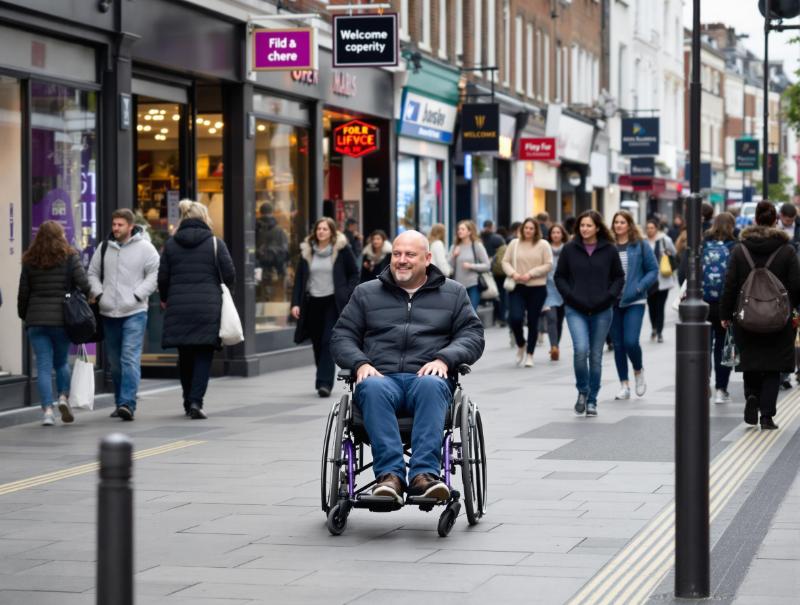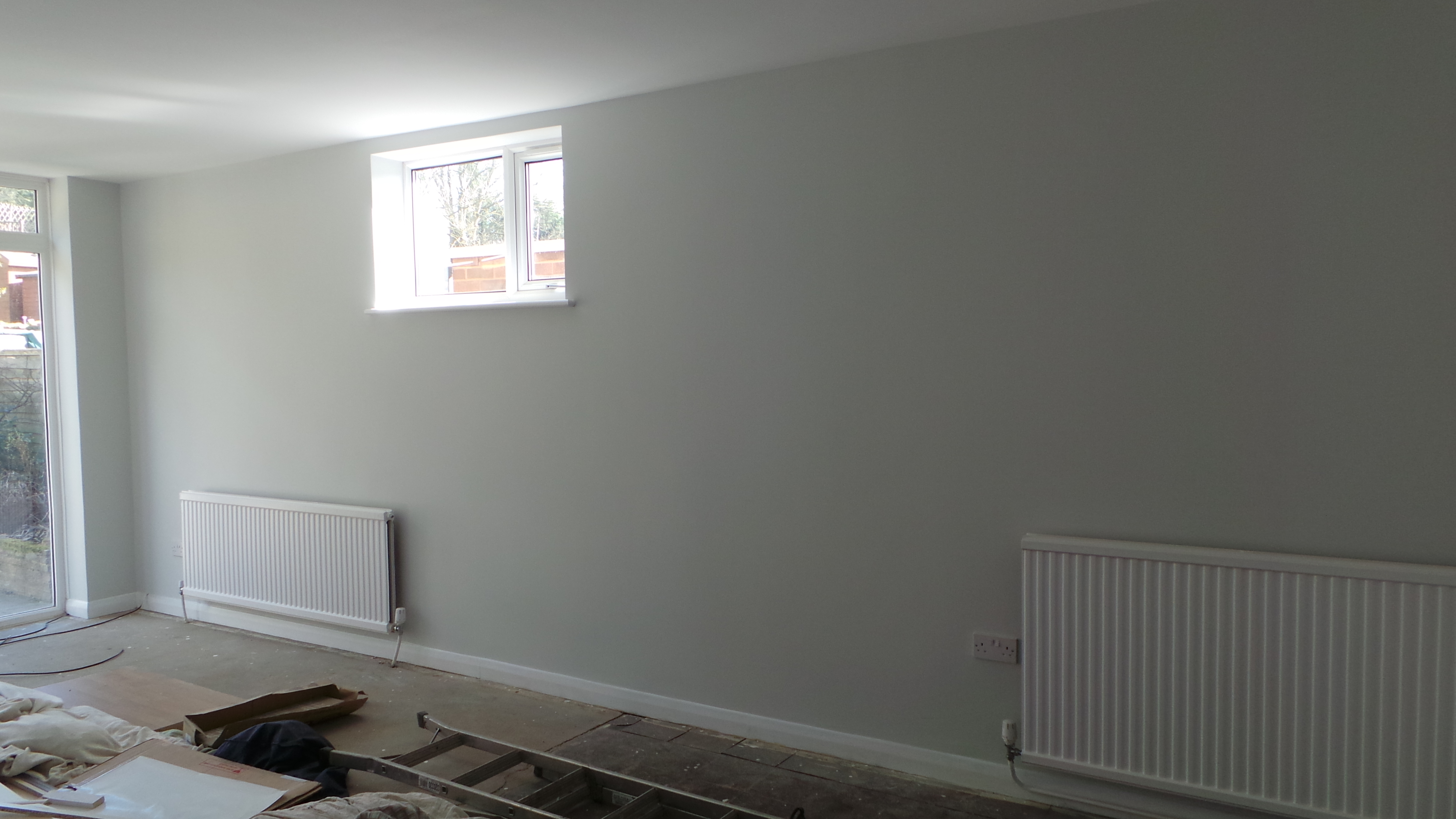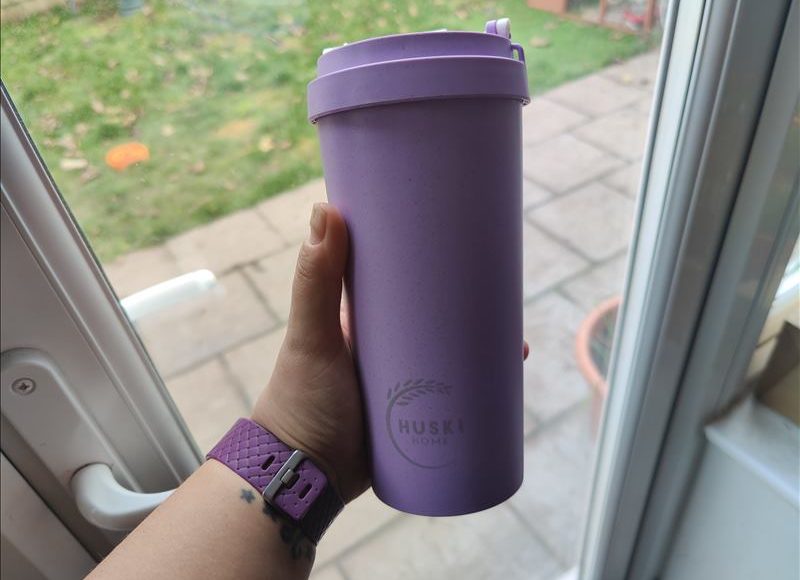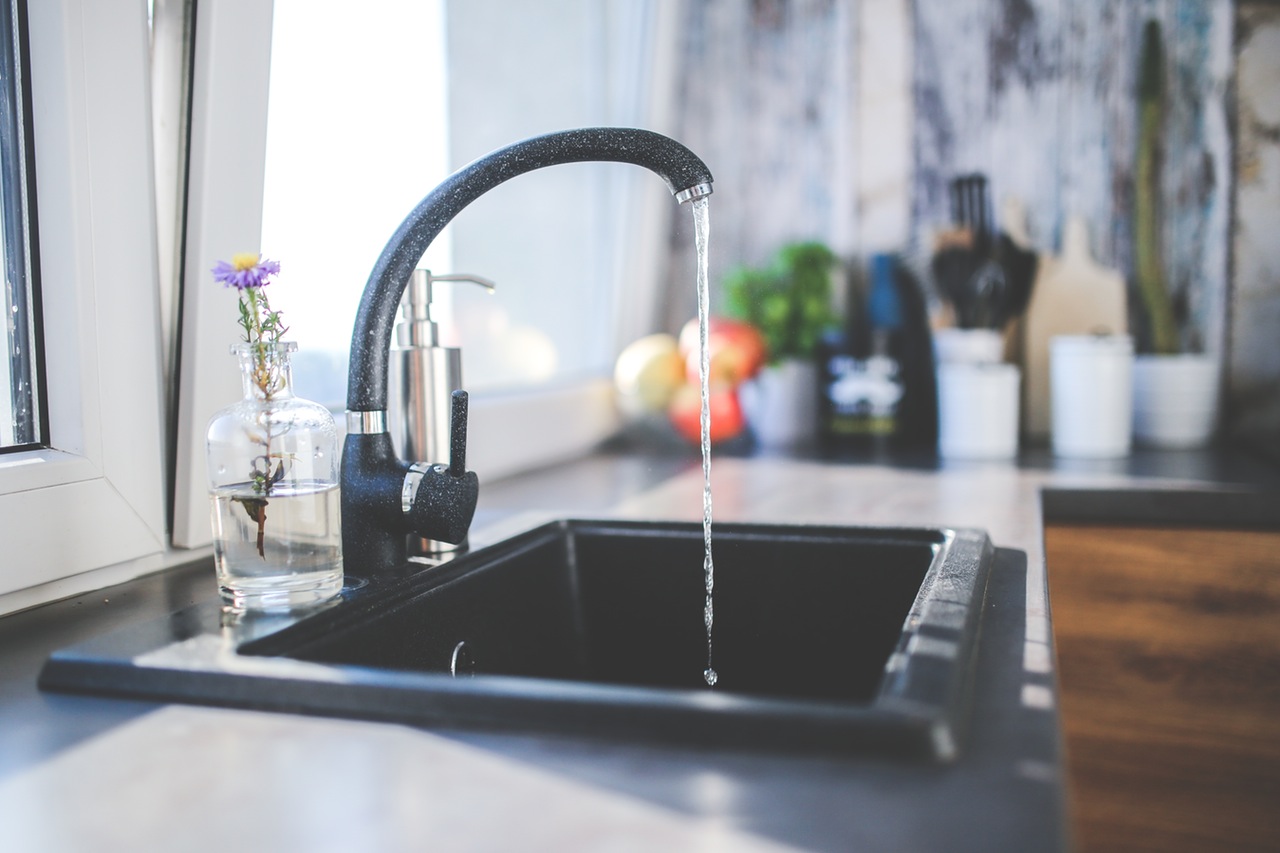How To Feel More Confident When Getting Around Town

Getting from one place to another can feel like more effort than it should. Roads are busy, transport isn’t always reliable, and not every place is built with access in mind. If mobility is a factor, that challenge can be even greater.
Still, it helps to know that confidence builds over time. A few smart changes and support options can make every day travel feel far less stressful. Whether going to a medical appointment, visiting friends, or doing your weekly shop, you should feel comfortable moving through your day. Here are some ways to make that easier.
Know Your Routes And Plan Ahead
Planning helps things feel less unpredictable. Having a clear idea of where you’re going and how you’ll get there can give you peace of mind. As such, start with a route map. Apps like Citymapper, Google Maps, or AccessAble are great tools for checking step-free stations, bus stops with ramps, and toilets with wheelchair access. Some apps let you filter travel options based on what kind of assistance you need.
Check train or tube station lift availability before leaving the house. Many transport services offer live updates online, and knowing whether a lift is out of service saves a wasted trip. Quiet travel times can also make a big difference. Mid-morning or early afternoon is often less crowded than rush hour.
Think about your endpoint, too. If you’re heading to a shop, venue, or café, give them a call. Staff can tell you whether there’s a ramp at the entrance or a wheelchair-friendly table. A quick call saves time and gives you a clearer idea of what to expect when you arrive.
Look Into The Right Travel Support
You don’t have to rely on standard options. Many people don’t realise how much travel support is available.
Public transport schemes exist to help make things easier. The Disabled Persons Railcard gives discounts when travelling by train, and in many areas, there are bus passes that allow you to travel without paying fares. You can also apply for priority seating badges, which can help you feel more comfortable asking for a seat when you need one.
Taxis or ride services might be a better option for short trips. Some companies offer vehicles with ramp access or wider doors. It’s worth finding a few local numbers or apps that have these options saved, so you’re not scrambling when you need a lift.
For many people, flexible independence means having personal transport. That’s where wheelchair-accessible vehicles come in. These are specially built to make travel easier and safer. You’ll find a wide range of models, designed for different levels of access and seating setups. They can be especially useful if you often travel with someone else or want to avoid the hassle of public transport altogether.
Choose Equipment That Supports Your Lifestyle
Comfort matters. If you use something daily, it should feel like it fits into your life, not the other way around.
Mobility aids come in all types. Some people do best with a lightweight rollator, while others prefer a scooter that covers longer distances. What works will depend on how you spend your time, your physical needs, and even the layout of your local area.
It helps to test different options. Some suppliers will let you try out equipment or vehicles at home before you decide. The goal is to find something that supports how you want to live, whether getting to appointments easily or staying involved in community activities.
The right transport option is key for people who want a long-term solution for independent travel. If you’re ready to buy a wheelchair-accessible vehicle, there are trusted providers that make it easy to find something that fits your daily habits. Look for companies that offer home demos and let you customise the setup to match your needs. That way, you’re not adjusting to the vehicle; the vehicle works around you.
Build Confidence By Taking Small Steps
Confidence doesn’t come all at once. It’s built through consistency, so choose places that feel familiar and close to home. That way, you’re already comfortable with the environment and know what to expect. Once that feels easy, gradually branch out to new destinations.
It also helps to travel with someone you trust. Knowing someone’s there can relieve the pressure, even if it’s just a short outing. Let them handle the phone call or ticket purchase if needed, and focus on feeling comfortable with the journey.
Try not to rush. Give yourself extra time, especially if you’re trying out a new route or method of travel. Rushing can lead to stress, which takes away from the experience. Slowing down and taking your time makes it easier to notice what works and doesn’t, and adjust from there. Confidence is a habit. Like any habit, repetition becomes easier.
Make Your Home Your Base For Independence
Good home routines can set the tone for your day. Preparing before heading out can reduce the chance of forgetting anything important or getting flustered during the trip. For example, have a bag that’s always ready to go. This might include essentials like water, a phone charger, medication, and documents like your bus pass or medical information card.
Write out your plan if that helps. A short list of the steps involved in your trip, such as which station to exit or which café has accessible toilets, can be a good reference to glance at along the way.
Coming home should feel easy, too. Ensure your space allows for smooth entry, especially using a ramp or scooter. If you’ve been out longer than expected, a comfortable place to rest immediately can help. A little planning makes things less exhausting overall.
Keep Making Travel Work For You
Staying mobile isn’t just about the tools you use. It’s about knowing what helps you feel secure and supported and leaning into that without apology.
Use the systems around you, ask for help when needed, and explore solutions that give you more control over your time. Whether using an app to check step-free access or investing in better transport, each step counts.
Confidence doesn’t happen overnight. But with small adjustments, the right equipment, and a little planning, getting around town can feel far more manageable, and even enjoyable.





